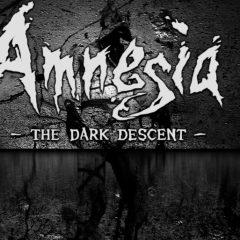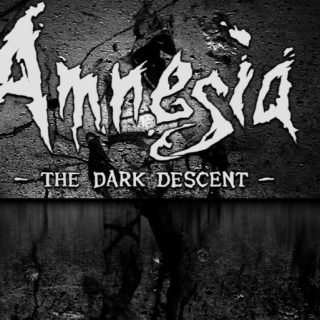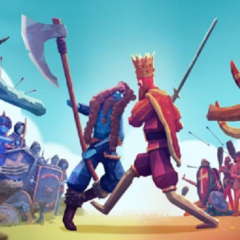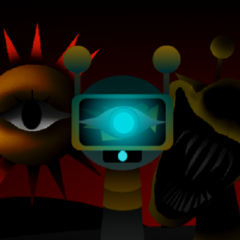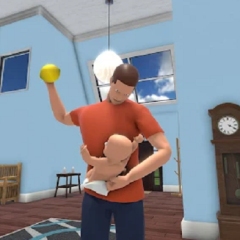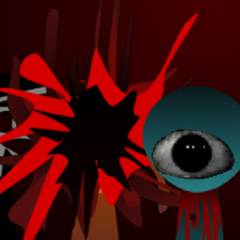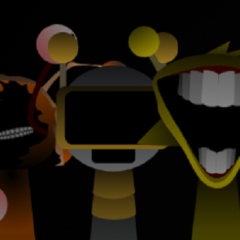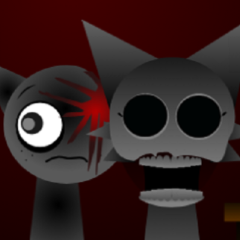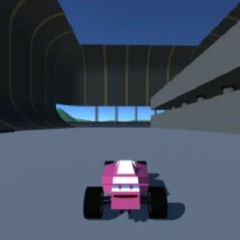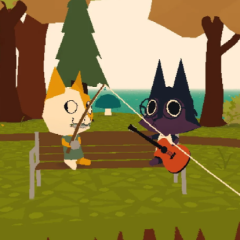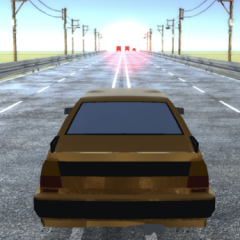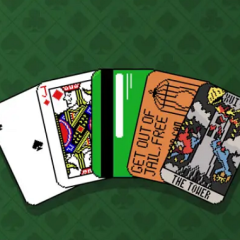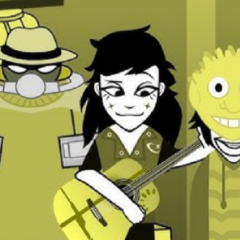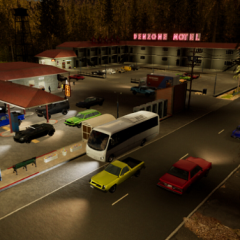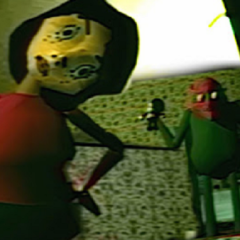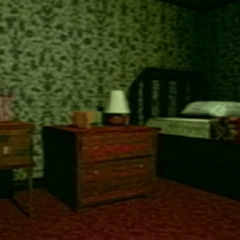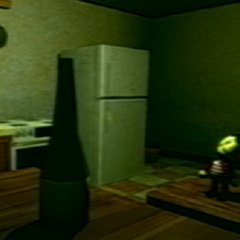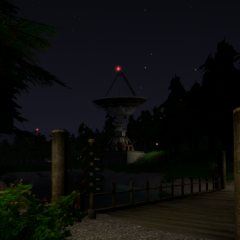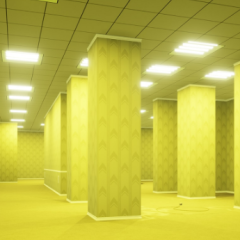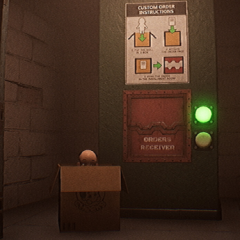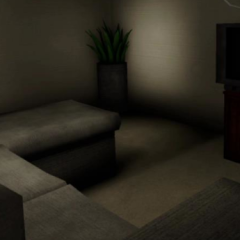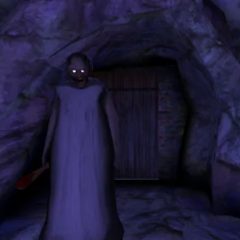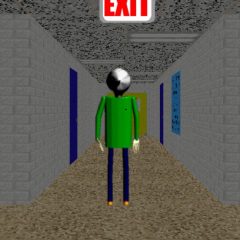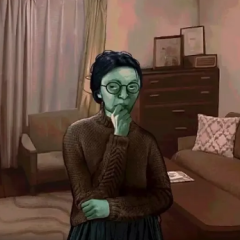Exploration and Sanity System
The castle is filled with dark corridors, hidden passages, and locked doors that require keys or puzzle-solving to open. The player must explore carefully, searching for notes, tools, and clues that reveal the story. A key mechanic is the sanity system—remaining in darkness or witnessing unsettling events causes Daniel’s mental state to decline, which leads to hallucinations and makes survival more difficult.
Fear, Puzzles, and No Combat
Unlike traditional horror games, Amnesia offers no weapons or means to fight back. When monsters appear, the player must run or hide, as direct confrontation is impossible. Puzzles are scattered throughout the game and often involve interacting with machinery, combining items, or interpreting clues to proceed through locked areas.
Main gameplay elements include:
- First-person exploration in a gothic castle
- Sanity meter that changes with light exposure and fear
- Stealth-based survival without combat
- Environmental and inventory-based puzzles
- Use of oil, tinderboxes, and lantern to manage visibility
- Narrative told through letters, diaries, and flashbacks
- Unpredictable monster encounters and chases
Story and Psychological Horror
As the story unfolds, players begin to understand Daniel’s role in the disturbing events tied to the castle and its dark history. The narrative explores themes of guilt, memory, and inner conflict, with each discovery pushing the player deeper into a morally complex world. The game uses sound, lighting, and subtle visual effects to build dread rather than relying on jump scares.
Amnesia The Dark Descent is known for its immersive horror experience that prioritizes atmosphere over action. With no weapons and a focus on psychological fear, the game challenges players to think, hide, and survive while piecing together a fragmented story. Its design encourages slow, careful exploration, making each moment of discovery and danger feel intense and meaningful.

